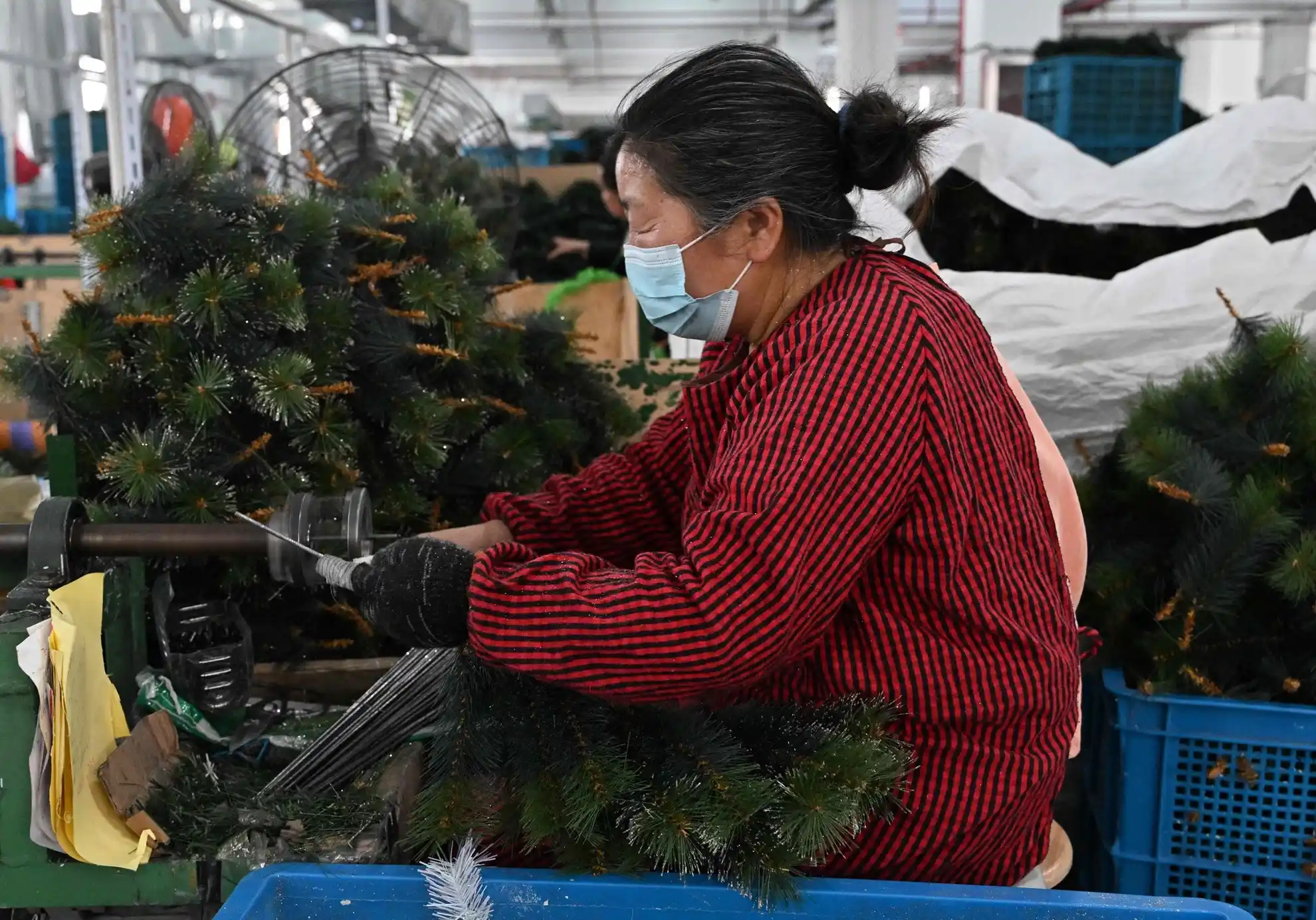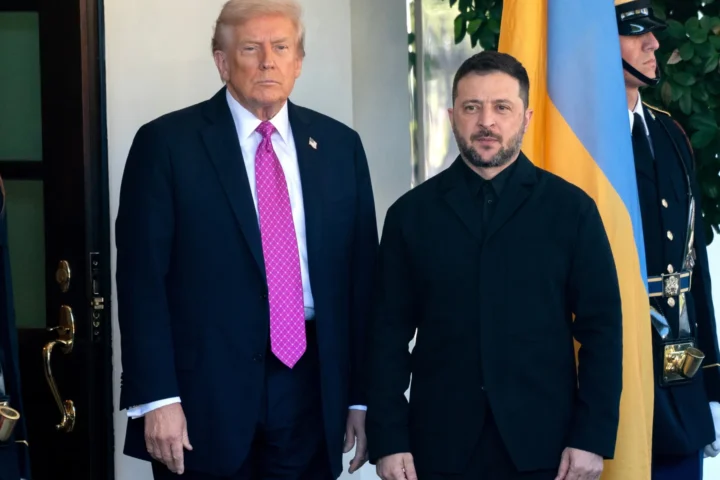In a dramatic escalation of the ongoing trade conflict between the world’s two largest economies, China announced it would hike its additional tariffs on U.S. goods to 125%, a move that underscores rising tensions and deepening economic divisions between Beijing and Washington.
The Chinese Ministry of Finance stated that the new tariff rates, an increase from the previous 84%, would come into effect on April 12. This sharp increase represents the latest countermeasure in a tit-for-tat economic battle that has intensified since former U.S. President Donald Trump resumed his hardline stance against China at the start of April.
“The U.S.’s imposition of abnormally high tariffs on China seriously violates international economic and trade rules, basic economic laws and common sense, and is completely a unilateral bullying and coercion,” said China’s Ministry of Finance in an official statement.
According to Beijing, any future tariff increases from the U.S. side will now be ignored, as Chinese officials argue that the current tariff levels have already rendered American products uncompetitive in the Chinese market. “There is no market acceptance for U.S. goods exported to China,” the ministry added, signaling that the window for negotiation may be closing fast.
From Tariff Skirmishes to a Full-Blown Trade War
The latest announcement follows a week of rapid-fire tariff increases, driven largely by Trump’s unexpected declaration on April 2, dubbed “liberation day” by his supporters. That day marked a stark escalation, with Trump slapping a 34% hike on Chinese goods, on top of existing levies—some of which had already reached 84%.
While Trump offered a 90-day tariff reprieve to a number of U.S. allies earlier this week, China was pointedly excluded. The result has been a domino effect: market volatility soared, global stock indices plunged, and bond yields spiked in response to the mounting uncertainty.
The White House’s tariff campaign has had global repercussions. U.S.-China shipping routes are facing cancellations, and container traffic across the Pacific Ocean is being severely disrupted. Analysts fear that if the current pattern continues, supply chains—particularly in high-tech and consumer goods sectors—could be irreparably strained.
China’s Position: Strategic Retaliation, Not Capitulation
China’s move to raise its tariff wall is seen not just as retaliation, but as a strategic signal. By declaring that further American tariff hikes will be met with non-responsiveness, Beijing is positioning itself as the rational actor in contrast to what it describes as Washington’s erratic and unilateral behavior.
According to economists cited by The Financial Times, the effective total tariff rate on U.S. goods heading to China was already well above 100% before this latest increase. Now, with the formal rate at 125%, many U.S. exporters may find the Chinese market inaccessible.
“This is not just about soybeans and microchips,” noted a trade policy analyst in Shanghai. “This is about the fundamental reshaping of global economic alliances. And China is making it clear that it will not be coerced into submission.”
What’s Next? Markets Brace for Prolonged Turbulence
Investors and global markets are bracing for prolonged economic turbulence. The Trump administration’s hardline tactics have isolated China at a time when most other nations are being courted with leniency. The result could be a repolarization of global trade, with Beijing turning more decisively toward non-Western trading partners.
While neither side has formally walked away from dialogue, the escalation on both ends leaves little room for compromise in the near term. Analysts warn that without a significant diplomatic breakthrough, the U.S.-China trade war may soon evolve into a multi-front economic standoff, with consequences that ripple through every corner of the global economy.
Final Thoughts
China’s decision to raise tariffs on U.S. imports to 125% is more than just an economic counterattack—it is a calculated statement about sovereignty, strategy, and the limits of economic pressure. Whether this move will push the U.S. back to the negotiating table or deepen the divide remains to be seen. One thing is clear: the age of predictable globalization is giving way to a more fractured, uncertain economic order.
Source: Based on reporting from The Financial Times and official statements from China’s Ministry of Finance.





















